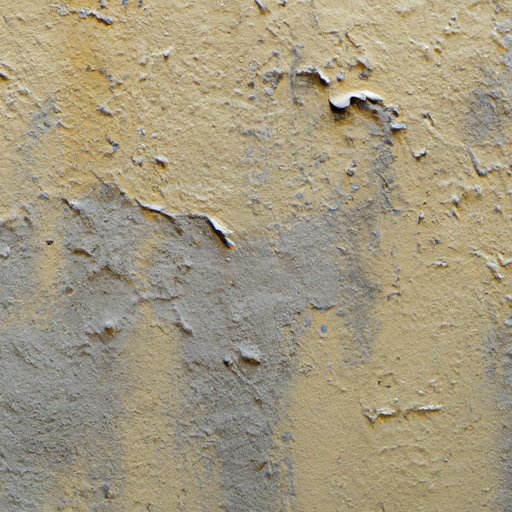Introduction
Texture is an essential visual element in photography that can be used to create dynamic compositions, evoke certain moods and emotions, and add a sense of depth and complexity to any image. While texture is often overlooked by photographers, it can be an incredibly powerful tool for creating captivating images. This article will explore what texture is in photography, how to use it to enhance your photos, and tips for capturing intriguing textural details in both landscape and still life photography.
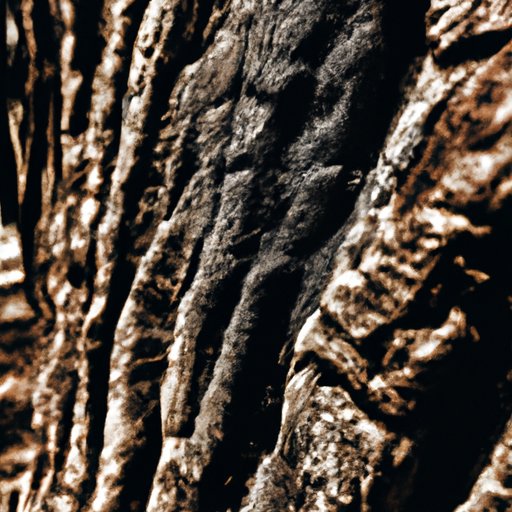
Definition of Texture in Photography
Texture is defined as “the tactile quality of a surface or the representation of such a quality in art” (Oxford English Dictionary). In photography, textures are the small details and patterns that make up an image. They can range from rough surfaces like rocks and tree bark to smooth surfaces like glass and metal, and everything in between. Textures can also be more abstract and subtle, such as the faint lines of a distant mountain range or the light reflection on a lake’s surface. Regardless of their form, textures help to bring an image to life and add a sense of depth and complexity.
Benefits of Using Texture in Photography
Using texture in photography can have many benefits. It can provide visual interest and draw the viewer’s eye to specific parts of the image. Textures can also be used to create depth and dimension in an image, making it appear more three-dimensional. Additionally, textures can be used to evoke certain moods and emotions, such as mystery, calmness, or chaos. By understanding how to use texture in an image, photographers can create more captivating and compelling photographs.
Exploring the Visual Element of Texture in Photography
When exploring the visual element of texture in photography, there are several techniques that can be used to enhance textures and make them stand out. These include using contrast, creating depth with textures, and utilizing color and light to create textures.
Using Contrast to Enhance Textures
Contrast is one of the best ways to make textures stand out in an image. By increasing the difference between the lightest and darkest tones in an image, textures become more visible and pronounced. For example, when shooting a black and white image of a rock wall, increasing the contrast will make the texture of the rocks more prominent. Similarly, when photographing a colorful flower, increasing the contrast will make the petals and other textural details more vivid.
Creating Depth with Textures
Textures can also be used to create a sense of depth in an image. By incorporating multiple layers of texture in an image, the photographer can give the impression of a three-dimensional space. For example, a landscape image featuring a grassy field in the foreground, trees in the middle ground, and mountains in the background will appear to have more depth than an image featuring only one layer of texture. Additionally, utilizing different textures within the same layer can add a sense of depth and complexity to an image.
Utilizing Color and Light to Create Textures
Color and light can also be used to create interesting textures in an image. By utilizing various colors and light sources, the photographer can create a variety of textures, from bright and vibrant to muted and subtle. Additionally, manipulating the direction and intensity of the light can help to emphasize certain textural details and create a more dynamic image.
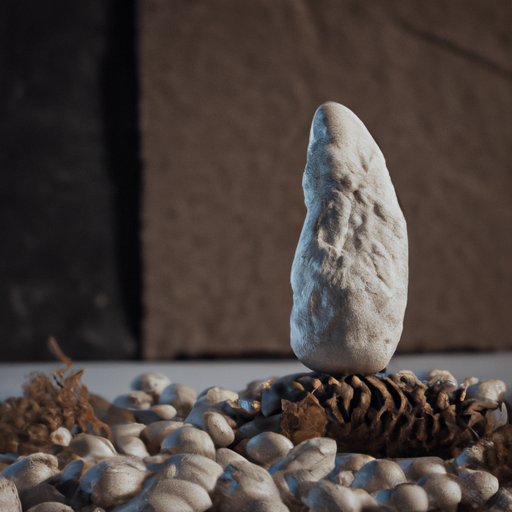
How to Use Textures for Creative Composition in Photography
Once the photographer has mastered the basics of texture in photography, they can begin to explore more creative ways of utilizing texture in their images. This includes framing subjects with textures, emphasizing certain textural details, and composing scenes with multiple textures.
Framing Subjects with Textures
One of the most effective ways to use texture in photography is to frame the subject with texture. This can be done by incorporating elements such as branches, leaves, rocks, or other textural details into the composition. Framing the subject with texture helps to draw attention to the subject and creates a more dynamic and interesting image.
Emphasizing Certain Textural Details
Texture can also be used to emphasize certain details in an image. By isolating a textural detail and bringing it to the forefront of the image, the photographer can create a more captivating composition. This can be done by utilizing shallow depth of field to blur out the background and focus on the textural details, or by using lighting to bring out certain textures in the image.
Composing Scenes with Multiple Textures
Another way to use texture in photography is to compose scenes with multiple textures. By incorporating various textures into the image, the photographer can create a more complex and visually interesting image. For example, a landscape image featuring a grassy field, rocky outcroppings, and a tree trunk will appear more dynamic than an image featuring only one type of texture.
Capturing Natural Textures in Landscape Photography
Landscape photography is an excellent way to capture natural textures. By exploring different environments, the photographer can find interesting textures such as rocks, trees, water, and more. Additionally, analyzing patterns and forms in nature can help to uncover unique textures that otherwise may not have been noticed.
Finding Interesting Textures in Nature
The first step in capturing natural textures in landscape photography is to find interesting textures in nature. This can be done by exploring different environments and looking for interesting patterns and shapes. Additionally, taking the time to observe the environment and look for subtle details can help to uncover unique textures that can be captured in the image.
Analyzing Patterns and Forms in Nature
Once the photographer has found interesting textures in nature, they can then analyze the patterns and forms of these textures. By paying close attention to the details of the scene, the photographer can gain a better understanding of the various textures present and how they can be used to create a more dynamic composition.
Capturing Textures at Different Times of Day
Light plays an important role in capturing natural textures in landscape photography. Depending on the time of day and the position of the sun, the texture of a scene can appear drastically different. By experimenting with different times of day and light sources, the photographer can capture interesting textures that may have otherwise gone unnoticed.
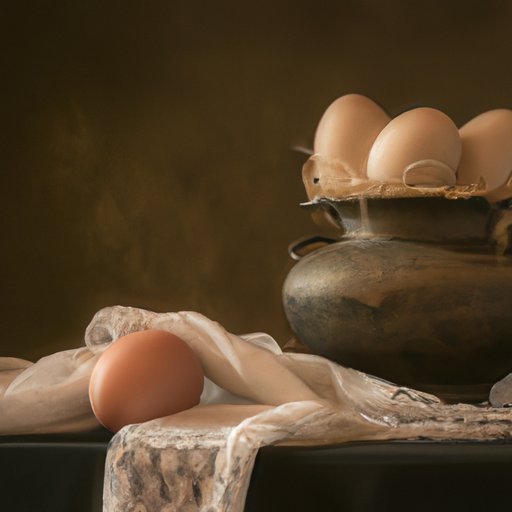
Tips for Capturing Intriguing Textural Details in Still Life Photography
Still life photography is another great way to capture interesting textures. By utilizing various techniques such as depth of field, lighting, and angles, the photographer can create intriguing textural details in their images.
Understanding Depth of Field to Capture Textures
Depth of field is an important factor in capturing textural details in still life photography. Utilizing shallow depth of field will blur out the background and allow the textural details of the subject to stand out. Conversely, using deep depth of field will ensure that the entire scene is in focus, allowing the photographer to capture more subtle textures.
Utilizing Lighting to Enhance Textures
Lighting is another key factor in capturing textural details in still life photography. By manipulating the direction and intensity of the light, the photographer can create interesting shadows and highlights that will bring out the textures in the image. Additionally, utilizing different types of light sources such as natural light, studio lights, and artificial light can create unique and captivating textures in the image.
Playing with Angles and Perspectives to Showcase Textures
Angles and perspectives can also be used to showcase textural details in still life photography. By playing around with different angles and perspectives, the photographer can capture unique textures that may have otherwise gone unnoticed. Additionally, experimenting with different focal lengths can help to emphasize certain textural details and create a more dynamic composition.
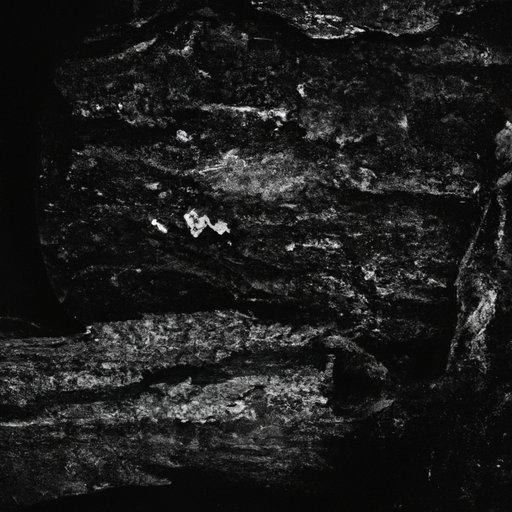
Exploring the Power of Textures to Create Mood and Emotion in Photography
In addition to providing visual interest, texture can also be used to create a certain mood or emotion in an image. By understanding how to utilize texture to evoke certain feelings, photographers can create powerful and captivating photographs.
Utilizing Textures to Evoke a Sense of Mystery
Texture can be used to evoke a sense of mystery in an image. By incorporating abstract and subtle textures into the composition, the photographer can create an atmosphere of intrigue and curiosity. Additionally, using dark and muted colors can help to emphasize this feeling and draw the viewer in.
Applying Textures to Convey a Sense of Calmness
Textures can also be used to convey a sense of calmness in an image. By incorporating soft and muted textures into the composition, the photographer can create a tranquil atmosphere. Additionally, utilizing pastel colors and gentle light sources can further emphasize this feeling and give the image a peaceful vibe.
Utilizing Textures to Depict a Sense of Chaos
Conversely, textures can also be used to depict a sense of chaos in an image. By incorporating bold and vibrant textures into the composition, the photographer can create a chaotic atmosphere. Additionally, utilizing brighter colors and harsher light sources can help to emphasize this feeling and make the image appear more chaotic.
Conclusion
Texture is an essential visual element in photography that can be used to create dynamic compositions, evoke certain moods and emotions, and add a sense of depth and complexity to any image. By understanding how to use texture effectively, photographers can create captivating and compelling photographs. From utilizing contrast to enhance textures to exploring the power of textures to create mood and emotion, this article has explored how to use texture in photography to its fullest potential.
Summary of Key Points
To summarize, texture is an essential visual element in photography that can be used to create dynamic compositions, evoke certain moods and emotions, and add a sense of depth and complexity to any image. Utilizing contrast, creating depth with textures, and utilizing color and light to create textures are all effective methods for enhancing textures in an image. Additionally, texture can be used to create a certain mood or emotion in an image, from evoking a sense of mystery to depicting a sense of chaos.
Final Thoughts on Incorporating Textures into Photography
Incorporating texture into photography is a great way to create dynamic and captivating images. By understanding how to use texture effectively, photographers can create powerful and compelling photographs that stand out from the crowd. Whether it’s capturing natural textures in landscape photography or utilizing textures to create mood and emotion in an image, understanding how to use texture in photography can help to take your photos to the next level.
(Note: Is this article not meeting your expectations? Do you have knowledge or insights to share? Unlock new opportunities and expand your reach by joining our authors team. Click Registration to join us and share your expertise with our readers.)
